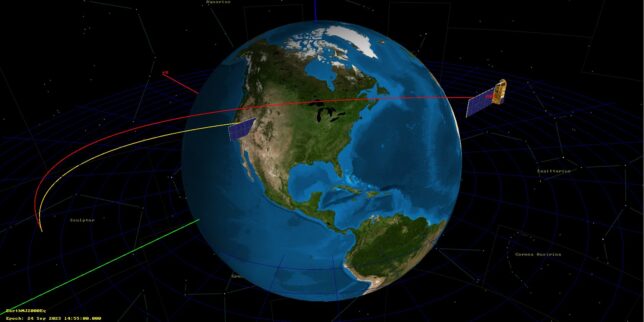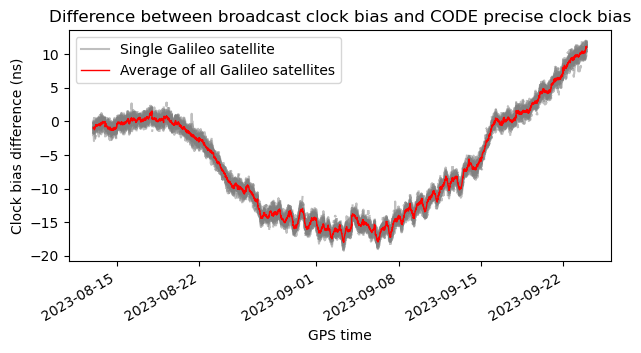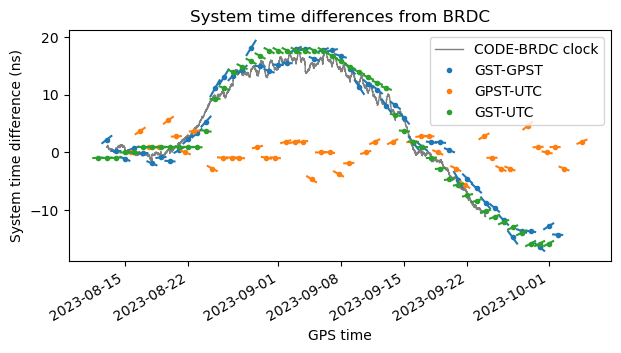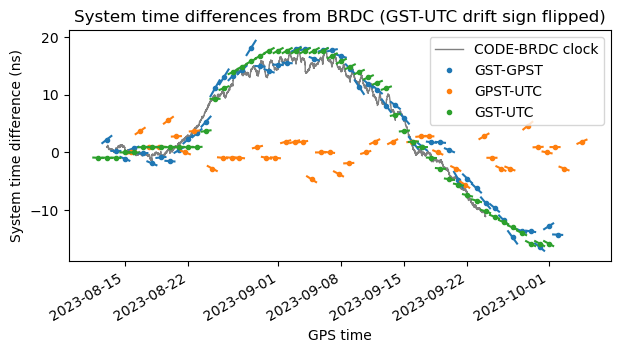MOVE-II is a cubesat from Technical University of Munich that was launched in December 2018. It transmits telemetry in the 145 MHz amateur satellite band using a protocol that uses CCSDS LDPC codewords. Back in the day, there was a GNU Radio out-of-tree module developed by the satellite team to decode this satellite. Given the additional effort required to support LDPC decoding for just this satellite and since there was already a GNU Radio decoder available, I never added a decoder for MOVE-II to gr-satellites.
Fast forward 5 years, and MOVE-II is still active, but apparently its GNU Radio out-of-tree module has bit rotten. The Gitlab repository where this was hosted (I believe it was a self-hosted Gitlab) has disappeared, and while it was originally developed for GNU Radio 3.7, it was never ported to newer GNU Radio versions. Some days ago, some amateurs including Scott Chapman K4KDR and Bob Mattaliano N6RFM started doing some experiments to try to get a decoder for MOVE-II working.
Seeing this, I decided to revisit the situation and try to add a decoder for MOVE-II to gr-satellites. Since this satellite was launched, I have been dealing with CCSDS LDPC for the Artemis Orion, made my own LDPC decoder, and participated in fixing the GNU Radio in-tree LDPC decoder. Therefore, most of the heavy lifting seemed to be already done.
I have now added an example decoder flowgraph for MOVE-II to gr-satellites. Here I describe the details of this example, and why it is only an example instead of a fully supported decoder as the ones that exist for other satellites.



